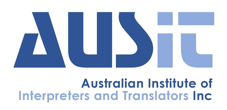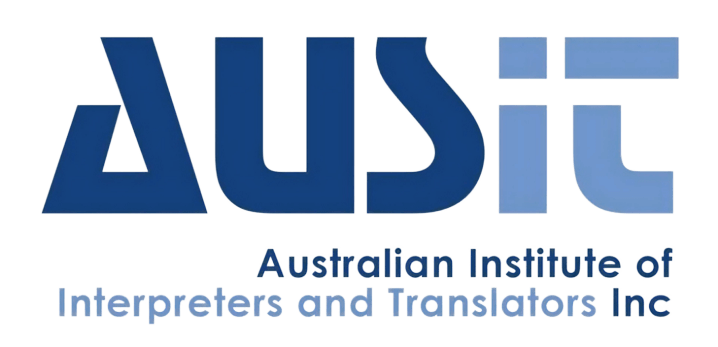BOOK REVIEW
edited by Erika Gonzalez, Katarzyna Stachowiak-Szymczak and Despina Amanatidou (2023)
reviewed by Ron Witton
The 10 chapters in this very useful volume report on contemporary research in the context of community translation (CT) theory. They examine CT practice in such diverse settings as health care, criminal investigations and the documentation of life stories, and also provide valuable guidance as to how the skills necessary for effective CT can be taught. There is much to be learnt from the diverse national settings of the research reported, ranging from Australia to Japan, New Zealand and Spain.
NAATI stresses the difference between interpreting and translating, and many of us are annoyed when Australian media sources confuse the two. However, some languages use the same word for both, and this is reflected in some paragraphs of the volume under review. Nevertheless, the points being made by the contributors are usually clearly made and useful to practitioners.
Of particular interest is the book’s treatment of our daily dilemma: achieving effective T&I when faced with some situations where one’s cultural knowledge and expertise is needed, and others where it is inappropriate to draw on such cultural knowledge and expertise.
One such example appears early in the chapter by Italian academics David Katan and Cinzia Spinzi, fittingly titled ‘The Battle to Intervene: Constrained Advocacy for Community Translators’. They refer to a situation that many of us have experienced: a police officer reading a person their rights (p. 29). The language is phrased in such legalese that many a native speaker would be unlikely to comprehend its meaning – yet it is, of course, quite inappropriate for an interpreter to intervene in order to ensure that the non-English speaker understands what is being said. One can only hope that they say: ‘I don’t understand’, and that the police officer is then brave enough to explain in simpler terms.
This contrasts with – for example – a translator being called upon to ensure that a pamphlet setting out a person’s legal rights is written in a culturally and linguistically appropriate fashion.
The authors of this chapter quite perspicaciously identify the dilemma of balancing ‘silent subservience’ with ‘collaborative status’ – in the latter, one is ‘able to mediate between the institution and the more vulnerable client’ (p. 37). This ethical dilemma is further explored by Maho Fukuno in her chapter ‘Translators’ Ethics in Community Translation’, which focuses on ‘the pursuit of social justice in multicultural communities’ (p. 59).
The now commonly used term ‘health literacy’ helps us to understand the central role language plays in understanding fields of knowledge in multicultural and multilingual societies. A good overview of developments in this field in New Zealand is given by Ineke Crezee and Hoy Neng Wong Soon in their chapter ‘Speak My Language! The Important Role of Community Translation in the Promotion of Health Literacy’. It occurs to me that a variety of other ‘literacies’ could be similarly promoted.
The chapters I found the most interesting and useful were those on legal dilemmas and challenges. For example, Mohamed El-Madkouri Maataoui and Beatriz Soto Aranda’s ‘Challenges and Constraints in the Translation of Wiretapping in Spain’ will probably resonate with any T/I who has been called in to assist law enforcement authorities. How many of us are confident in the patois of any particular criminal underground group, or feel confident trying to interpret/translate/decipher the text messages of criminal gangs, let alone teenagers – peppered as they typically are with slang, abbreviations and neologisms.

Cover reproduced courtesy of Routledge, an imprint of Taylor & Francis (UK)
I’ll conclude with another dilemma identified by El-Madkouri Maataoui and Soto Aranda. In a trial relating to an al-Qaeda-inspired attack on European soil, the accused was released because of ‘errors [having] occurred due to the Italian translators’ [sic] lack of knowledge of the Qu’ran and of classical Arabic and its cultural references’ (p. 173). This included not only such esoteric references as the Califa al-Mu’tasim (10th century), but also how jihad should be translated/interpreted: should the T/I use ‘Holy War’ with all its varied connotations, or assume an adequate awareness and understanding of the term by non-Arabic speakers and therefore forgo interpreting/translating it? Dilemmas indeed!
Dr Ron Witton gained his BA and MA in Indonesian and Malayan studies from the University of Sydney and his PhD from Cornell University. He now practises as an Indonesian/Malay–English translator and interpreter. Ron is a foundation member of AUSIT.


